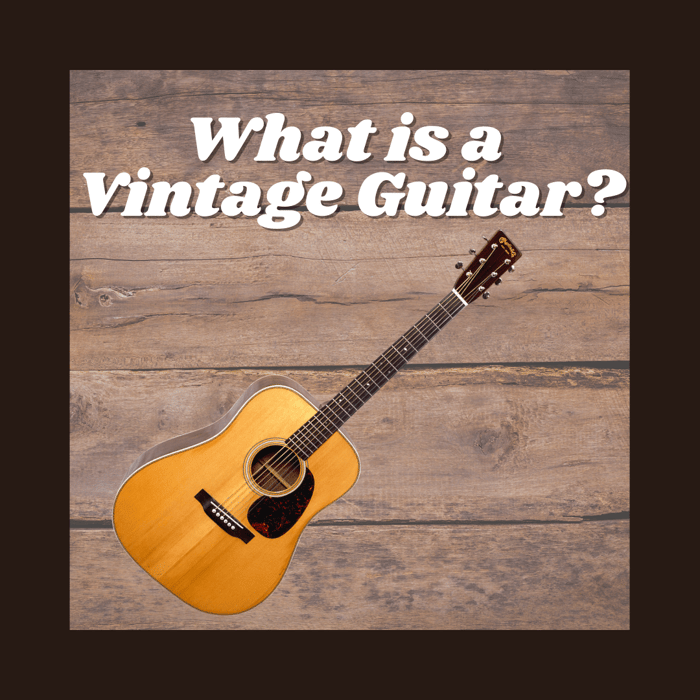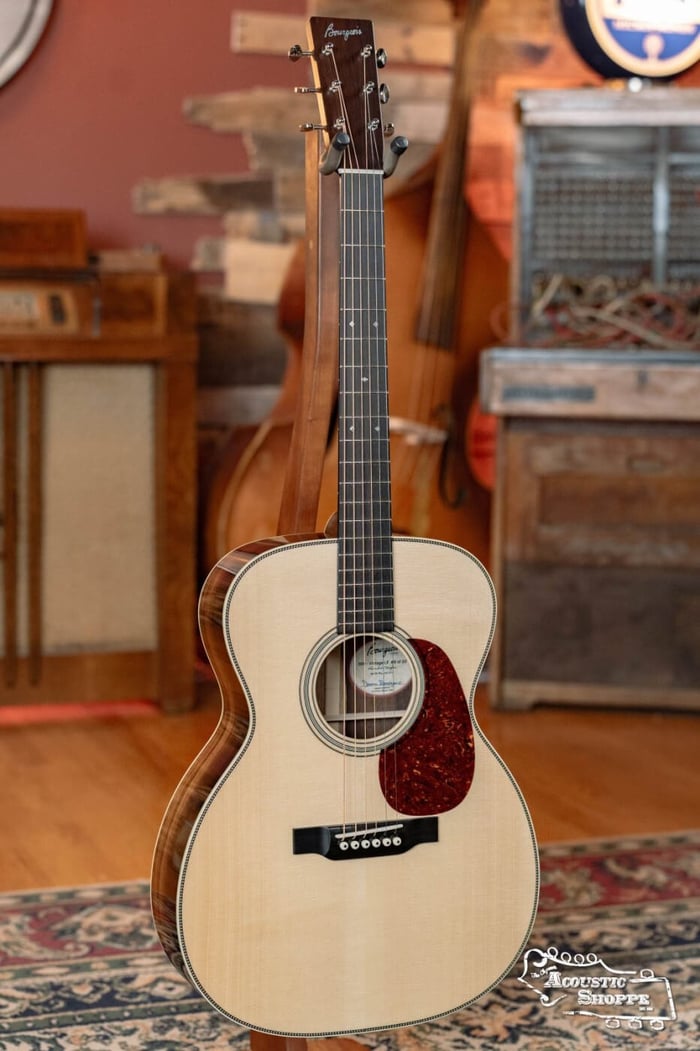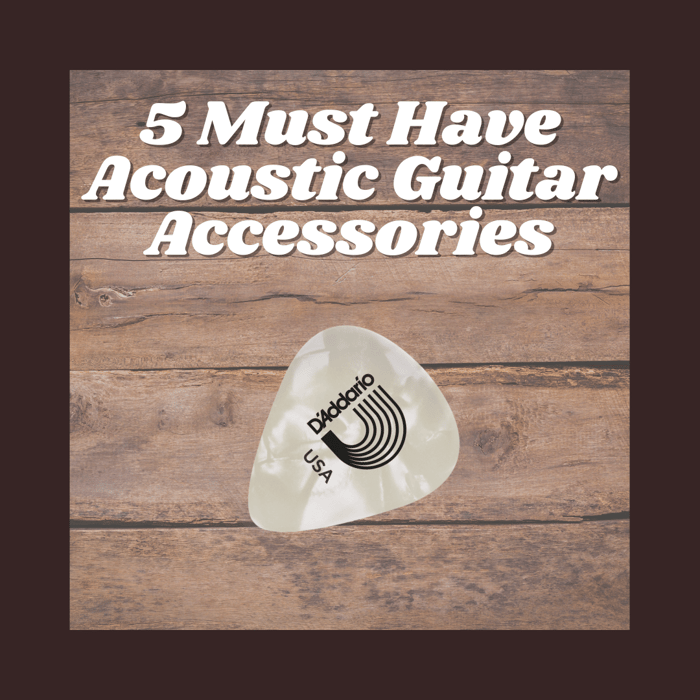The word vintage was first used in the early 15th century to describe a season's yield of grapes or wine from a vineyard. Vintage clothing is a generic term for garments originating from a previous era. We are talking guitars, so let’s sort out what makes a guitar, or other stringed instrument, vintage.
First, there is no definitive definition of a vintage instrument. That said, it is commonly agreed that a vintage instrument (i.e., guitar, mandolin, banjo and/or other instruments and gear) is something that is at least 30 years old. You may see instruments newer than this being referred to as vintage, however, for this discussion, we will draw the line at 30 years or older (as of this writing that would be pre-1992).
Vintage guitars can be a sound investment, and they can also be loads of fun to play. Whether it’s a gem handed down through the family, or you just want to own vintage instruments, following are some things to consider.

Vintage Player or Collector Grade
Many vintage guitars are bought and sold based on collectability. Avid collectors and/or musicians often scour the land for vintage guitars. Some instruments are merely old and make great conversation pieces. Others are sought after for tonal quality, cosmetic appearance, rarity, or historical significance. Case in point, and early 1900s slotted headstock Martin parlor guitar might only be worth a few thousand dollars and be difficult to play. But it will look really cool hanging on your wall. Conversely, a 1923 Lloyd Loar Gibson F5 mandolin in excellent condition is worth well over $100,000.
When it comes to collectible vintage instruments provenance is everything. If the instrument has been owned and played by a famous musician, the cool factor, and price, will multiply quickly.

Condition
If you own your grandpa’s old guitar, the condition may not be as important as the memories. For those looking to buy a vintage instrument, condition can be particularly important.
Instruments of the same make, model, and year often vary drastically when it comes to condition. Price is determined by the condition of the instrument. Keep in mind that you will need to do your due diligence to determine the overall condition of the instrument.
Originality
Guitars players love to “tinker” with their axe. Thus, many instruments will have parts that have been changed over the years. Changes like new frets, bone nut, and bridges are common and won’t affect the collectability of a vintage instrument much. Tuners, pickups (mainly on electric instruments), and pickguards perhaps a bit more of a factor.
The replacement parts may improve the sound or playability of the guitar but might be considered undesirable for collectors. A re-fret is often necessary to keep an old instrument playable. However, it can be a negative for a buyer searching for an all-original instrument.
In addition to originality, examine the instrument for issues which might impact its sound, playability, and structural integrity. This should include any cracks in the body, condition of the neck (especially a bowed or warped neck), action of the strings relative to the fretboard, and condition of tuners. On acoustic guitars check for separation in the binding on the body and lift of the bridge away from the top of the guitar.

A Note About Finishes
Much like antique furniture, the finish on a vintage instrument is critical to determining its collectability and value. You might see a guitar labeled as refinished – which means just that – the original finish has been compromised. Original patina is what makes most vintage instruments highly sought after.
Vintage instruments are fun to own and play. If you have one, or thinking about obtaining one, find out as much as you can about it. Instruments should be researched and examined to determine what has happened to it during its lifetime. This should include previous owners, modifications, damage, and any previous repairs. Preserving and enjoying a vintage instrument, and potentially passing it on someday, will enrich your life!
With 25+ years of experience in the acoustic music industry as The Chapmans, our goal is to provide you with the best customer experience possible so we can be your music store for life. The Acoustic Shoppe serves musicians and students around the world, through online and in-person sales and instruction. The shop carries high-quality instruments at every price-point, all expertly set-up and ready for you to play. The Acoustic Shoppe was voted NAMM Top 100 Dealer for 7 years in a row (2015-2021) & Top 3 Emerging Dealer in 2017, 2018 & 2019.
For more information, give us a call at 417-720-1223, shoot us an email at info@theacousticshoppe.com, or stop by our showroom at 1913 E Seminole St. in Springfield, Missouri.



.jpg)



